Origins of Us - Season 1
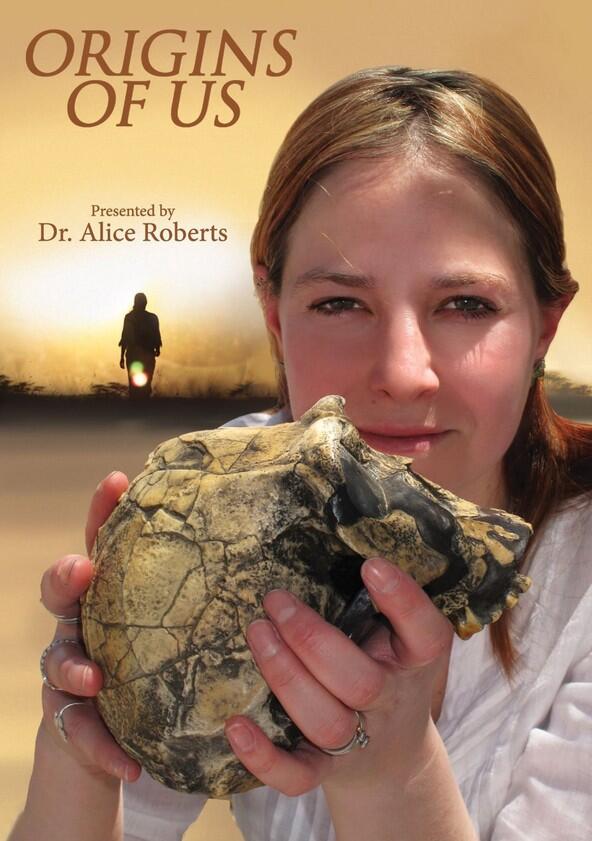
Season 1
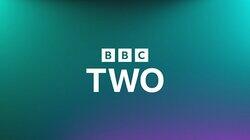
Episodes
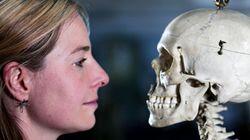
Bones
In the first episode, Dr Alice Roberts looks at how our skeleton reveals our incredible evolutionary journey.
Trekking through the forests of our ancient ancestors, she goes to meet the apes who still live there today - chimpanzees. In six million years we have become very different, and what kick-started this can be found in an extraordinary fossil - Sahelanthropus. A single hole where the spine was attached suggests that our ancestors started the journey to being human by standing upright. We take it for granted, but standing up and walking is surprisingly complex - each step involves the co-ordination of over 200 muscles.
Charting the major advances from Australopithecus to Homo erectus and beyond, Alice tells the epic story of human evolution through our body today. New research has uncovered clues in our ankles, waists and necks that show how our ancestors were forced to survive on the open plain - by walking and running for their lives. From the neck down we have inherited the body of our ancestor Homo erectus, who lived on the plains of Africa nearly two million years ago.
Finally Alice looks at probably the most important advance in our evolutionary story. A fortuitous by-product of standing up was freeing up our hands. With pressure-sensitive gloves, she demonstrates how the tiniest of anatomical tweaks to our thumbs and little fingers transformed hands that evolved to grasp branches into ones that could use tools. And with our dexterous hands, our species, Homo sapiens, would change the world.
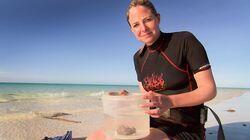
Guts
In this second episode Dr Alice Roberts charts how our ancestors' hunt for food has driven the way we look and behave today - from the shape of our face, to the way we see and even the way we attract the opposite sex.
Clues to our ancestors' diet can be found in some surprising places. Alice goes in search of a lion kill to find out how the tape worms in lions' food reveal our ancestors were eating the same diet of big game 1.7 million years ago. She puts her teeth to the test to reveal that our teeth have evolved to shear through meat. But by comparing her saliva with that of chimpanzees, she demonstrates that our body is as much designed to eat starch as it is to eat meat. And visiting a tribe of hunter gatherers in Tanzania, who still gather food in a similar way to our ancestors, Alice discovers that starchy tubers are crucial to survival when meat is scarce.
The latest research suggests that the way the different sexes found food throughout our evolution has shaped the way we relate to each other today. The way the Hadza tribe share food and form long-term couples is thought to be the origin of love and marriage in all of us. And a fun experiment with Britain's best skateboarders shows they take more risks when women are present - it seems men are designed to show off to attract a mate.
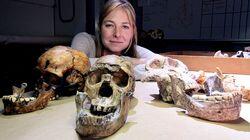
Brains
Dr Alice Roberts explores how our species, Homo sapiens, developed its large brain and asks why humans are the only ape of its kind left on the planet today.
The evolution of the human mind is one of the greatest mysteries. It is the basis of religion, philosophy and science. We are special because of our extraordinary brain, and to understand why we think and act the way we do, we need to look at where and why our brains evolved.
The Rift Valley in Kenya is thought to be the crucible of human evolution, and here Alice examines the fossils in our family tree which reveal our brains have more than quadrupled in size since our ancestors split from chimpanzees. Research investigating sediments and rocks laid down during the period of greatest brain growth suggests a fluctuating environment may have played a part. Drawing on research on social politics in chimpanzees, the cognitive development of children and the tools that have been found littered across the Rift Valley, Alice explores how and why our ancestors brains became so big.
Successive species of increasingly large-brained humans migrated around the world - from Homo erectus to heidelbergensis, the Neanderthals to us. It has always been assumed the reason that Homo sapiens succeeded where others failed is to do with our large brains. Comparing skulls it's clear Neanderthals had just as big a brain as us, so why is there only us left? Alice goes to meet Svante Paabo, who is decoding the Neanderthal and human genome, and Clive Finlayson, who is unearthing the Neanderthals' final settlement, to try to find out.
Recently Updated Shows
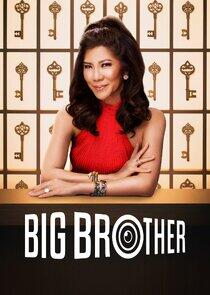
Big Brother
Big Brother follows a group of people living together in a house outfitted with dozens of high-definition cameras and microphones recording their every move, 24 hours a day. Each week, the Houseguests will vote someone out of the house. At the end, the last remaining Houseguest will receive the grand prize of $500,000.
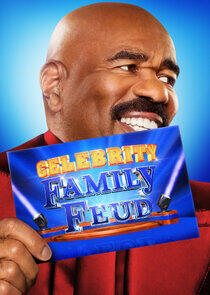
Celebrity Family Feud
Teams of celebrities and their families face off to name the top responses to questions posed to 100 people.
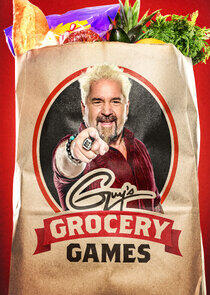
Guy's Grocery Games
In each episode of Guy's Grocery Games, four talented chefs compete in a number of challenges as they navigate their way through the aisles of a grocery store, adhering to "real-world" obstacles. Whether it is shopping on a budget, substituting out-of-stock ingredients or grabbing groceries at closing time, each chef has to shop, prepare, and plate three different dishes using whatever they can pull off the shelves. Ultimately, the food does the talking, as one-by-one the losing chefs "check out," by a rotating panel of judges that includes Melissa d'Arabian, Richard Blais, G. Garvin, Troy Johnson, Catherine McCord, Aarti Sequeira, among others. The last chef standing goes on a shopping spree of a lifetime worth up to $20,000!
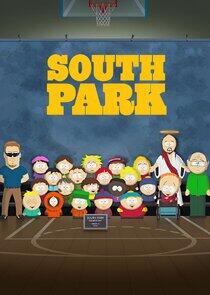
South Park
South Park is an adult comedy animation show centred around 4 children in the small town of south park. Its humour is often dark involving satirical elements and mocking current real-life events.
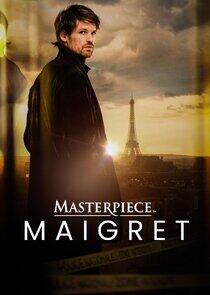
Maigret
In Maigret, Chief Inspector Maigret and his team of maverick but loyal detectives, Les Maigrets, solve a series of complex crimes in Paris. Maigret's unconventional methods and unique sense of justice put him at odds with his superiors and the judicial system he is supposed to represent. Maigret must outwit some of Paris's most cunning and violent criminals, while dealing with his own troubled past.